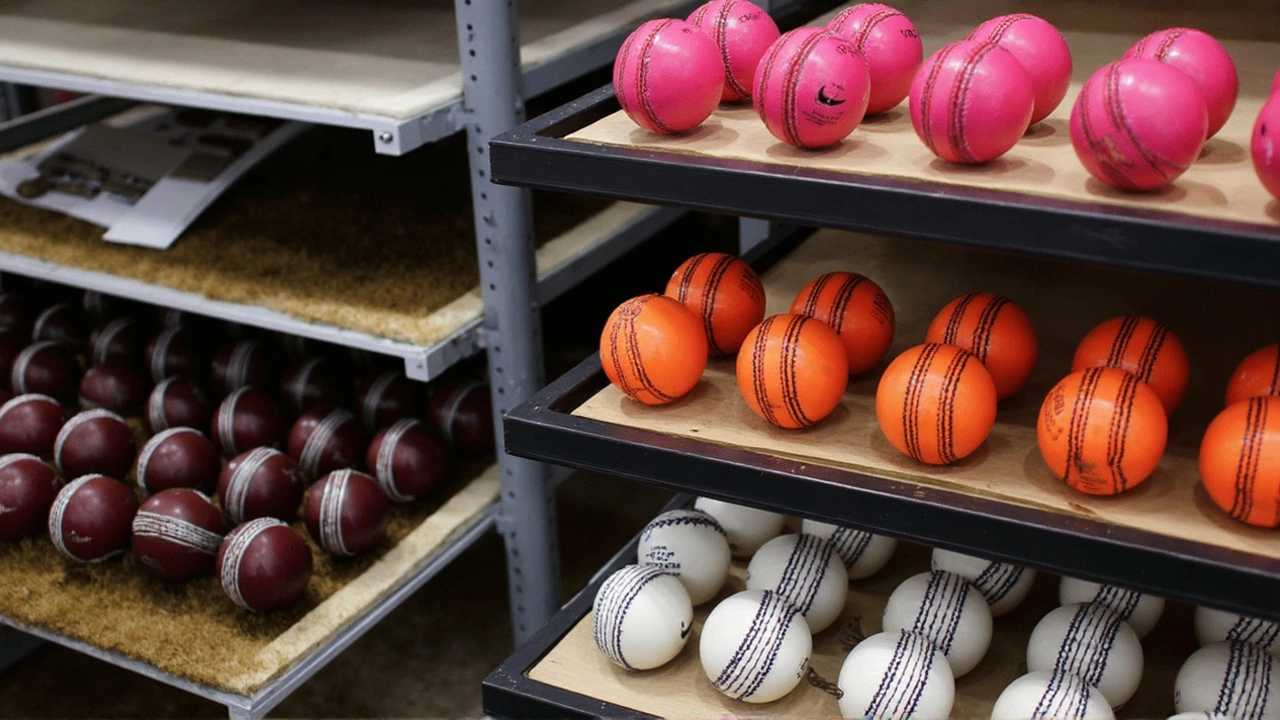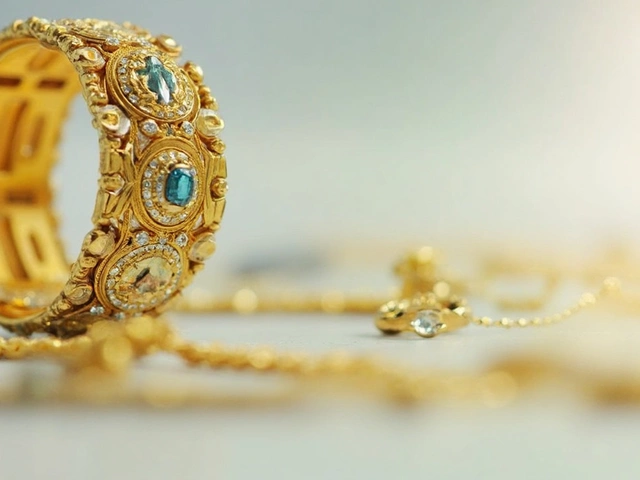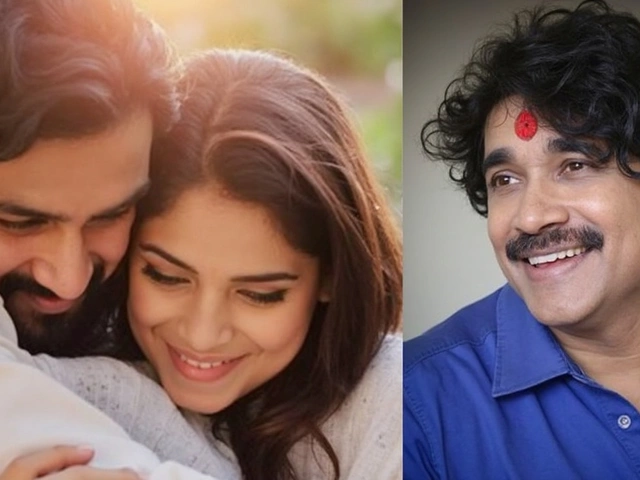Everything You Need to Know About SG Ball
If you play cricket in India, you’ve probably heard the name SG Ball. It’s the ball you see in Ranji matches, local leagues, and school tournaments. But what makes it special? This guide breaks down the basics, the different versions, and how to pick the best one for your game.
What Is an SG Ball?
SG stands for Shri Gopal, the company that makes one of the most trusted cricket balls in the country. The ball is made of leather that’s hand‑stitched around a cork core. The leather is polished to a deep red, and the seam is raised so it grips the pitch and helps bowlers swing.
Because the ball is hand‑stitched, each one is slightly different. That’s why players say an SG Ball feels more natural than a machine‑stitched ball. The quality of the leather also means the ball lasts longer when you bowl on hard surfaces.
Types of SG Balls
SG makes a few variations to suit different levels of play:
- SG Red – The standard ball for professional and high‑level domestic games. It has a firm core and a thick leather cover.
- SG White – Used for day‑night matches where visibility is key. The same core, but a white leather cover.
- SG Junior – A softer, lighter ball for under‑15 and under‑19 matches. It’s easier on young players’ hands and lets them learn swing.
- SG Training – A durable version that can handle many overs on concrete nets. It stays round longer and is cheaper for practice.
Choosing the right type depends on the format you’re playing. For a 50‑over game on a turf pitch, go for the SG Red. For a T20 on a hard surface, the training ball can save you money.
How to Pick the Right SG Ball
Here are three quick checks you can do before you buy:
- Check the seam. A good SG ball has a raised, even seam that feels firm when you run your fingers over it. If the seam is flat, the ball won’t swing well.
- Feel the leather. The leather should be smooth but not too glossy. Too much shine means the ball might have been polished excessively, which can affect durability.
- Weight matters. Standard SG balls weigh between 155‑163 grams. If the ball feels too heavy, it could be over‑filled; too light and it might not travel far.
If you’re buying online, look for the official SG logo and a batch number printed on the seam. That guarantees you’re getting an authentic ball.
Taking Care of Your SG Ball
Even the toughest SG ball needs a bit of love:
- Store it dry. Keep the ball in a cool, dry place. Moisture can soften the leather and make the seam swell.
- Don’t wash it. A quick wipe with a dry cloth is enough. Soap can strip the natural oils from the leather.
- Rotate balls. In a match, use a fresh ball after every 80‑100 overs. This keeps swing consistent and extends the life of each ball.
Following these tips means you’ll get more bounce, better swing, and a ball that lasts the whole innings.
In short, the SG Ball is a reliable choice for every level of cricket in India. Whether you’re a beginner or a seasoned pro, knowing the types, how to pick one, and how to care for it will improve your game. Grab the right ball, treat it right, and you’ll see the difference on the pitch.
Cricket Ball Showdown: Dukes, SG, and Kookaburra Shape Test Matches Worldwide
Three types of cricket balls define Test cricket: the hand-stitched SG ball of India, the swing-friendly Dukes of England and the West Indies, and the Kookaburra commonly used in Australia and beyond. Each ball fits its home turf's unique playing conditions and influences the game differently.





